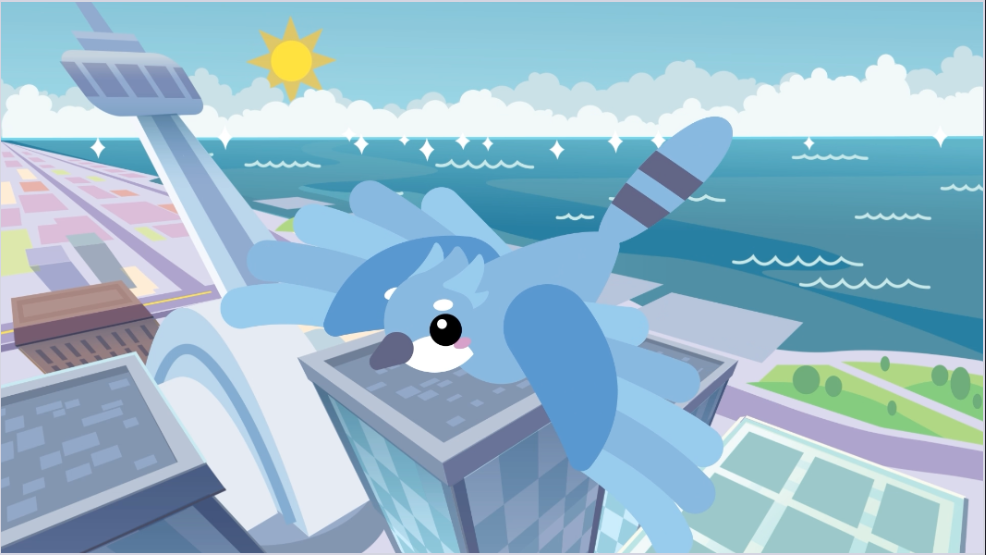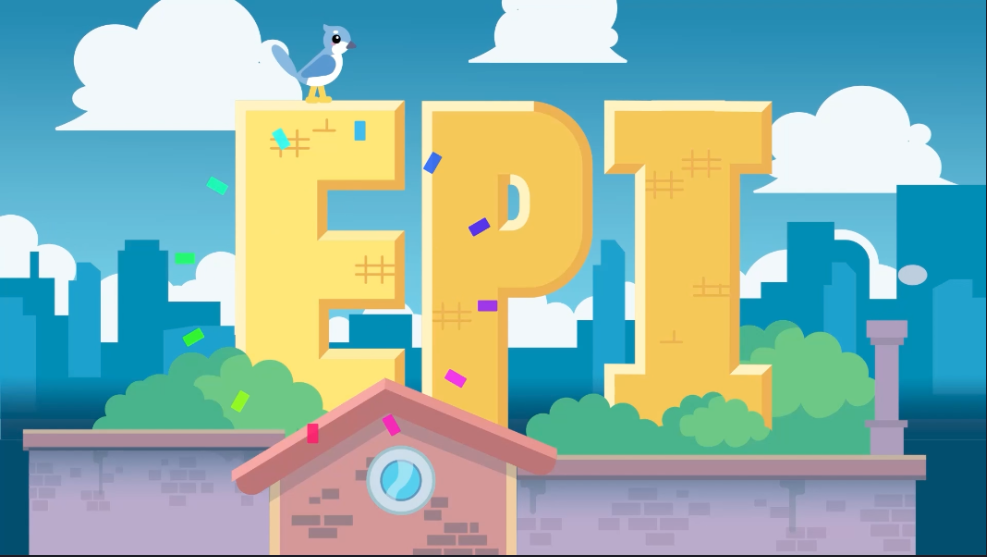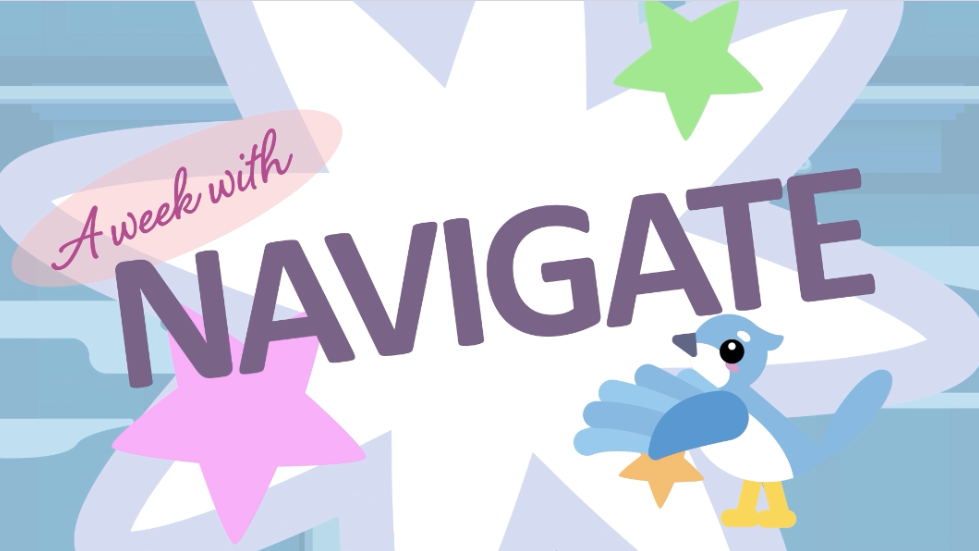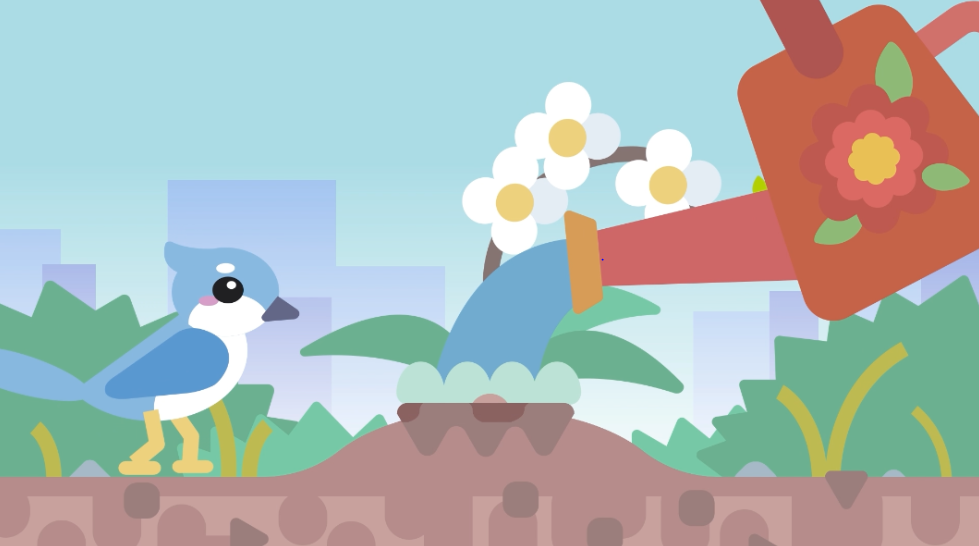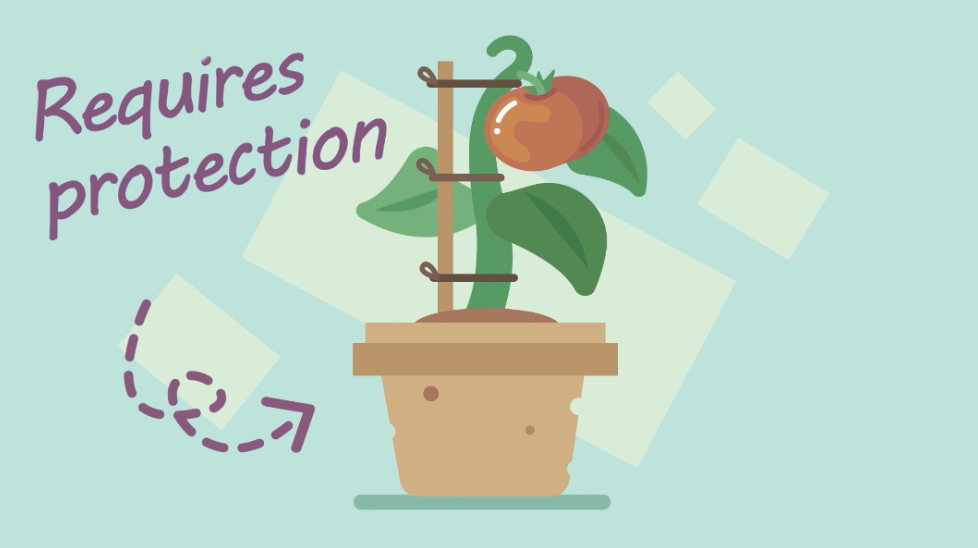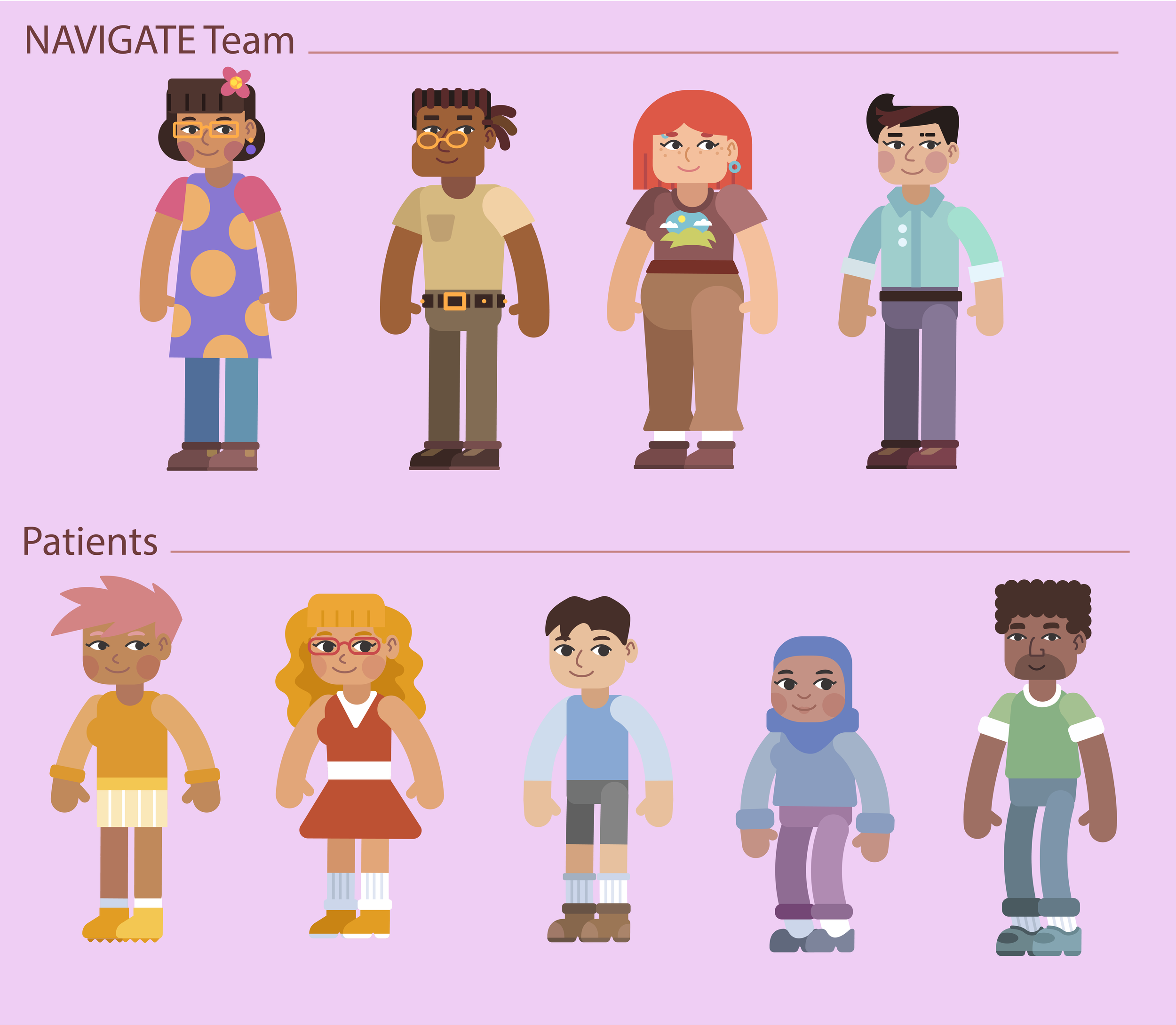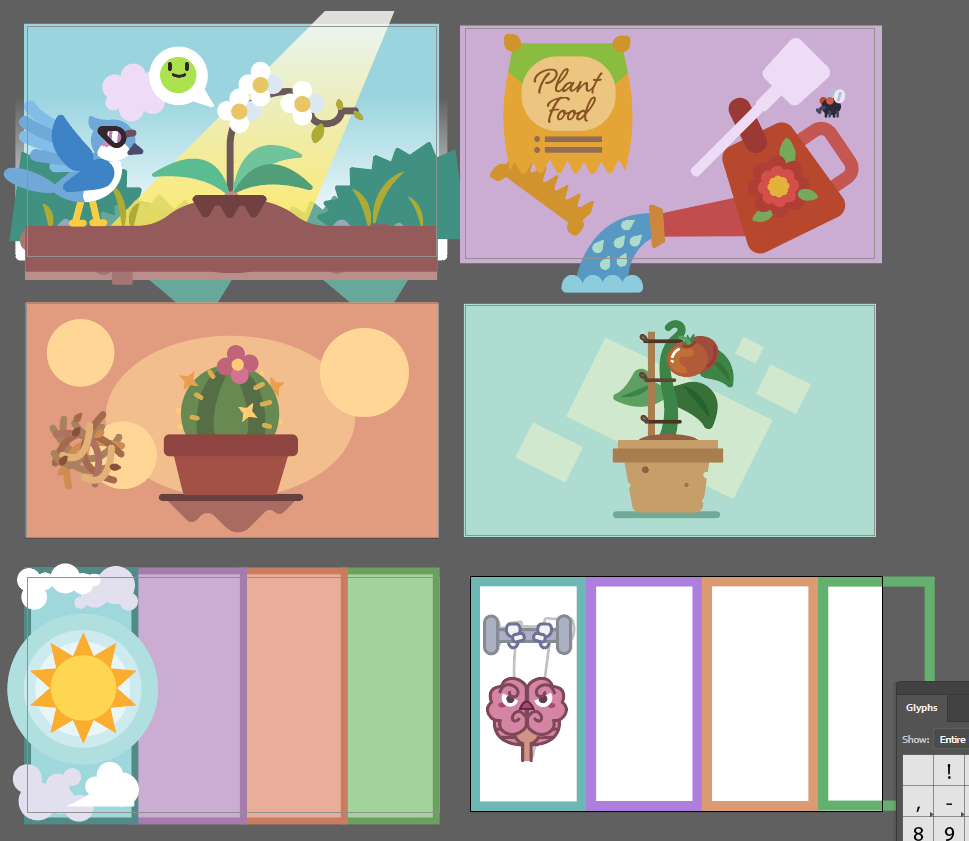A Week at NAVIGATE
-Master’s Research Project-
What was the project?
This patient education animation uses charming sounds, colors and characters to introduce prospective patients to the new manualized treatment strategy known as NAVIGATE. The NAVIGATE strategy is employed by various early psychosis intervention (EPI) programs across Canada and the United States, and has found recent success in enabling patients to enjoy a higher quality of life. These programs provide care for individuals recovering from a first episode of psychosis, who are typically of young adult age.
It is thought that the success of the NAVIGATE program is due to it’s core philosophy, which uniquely applies a comprehensive model of care with a focus on patient autonomy. The goal of this animation was to communicate the components of the NAVIGATE program while focusing on the aspects of it’s core philosophy that make it more attractive to patients than conventional methods of psychosis intervention.
I designed this animation from the ground up using both feedback from a patient advisory council and camh itself to ensure that it met the needs of it’s intended patient audience (young adults recovering from a first episode of psychosis). Watch the full animation above or scroll down below to learn more about my process!
Key Project Skills:
Patient Education
Script Writing
Story Boarding
Vector Illustration
Motion Graphics
Character Design
Tools:
Adobe Illustrator, After Effects, Premier Pro, and Audition.
Target Audience :
Young adults recovering from a first episode of psychosis.
Client :
Slaight Centre at camh. Can also be viewed on their website.
Project at a glance:
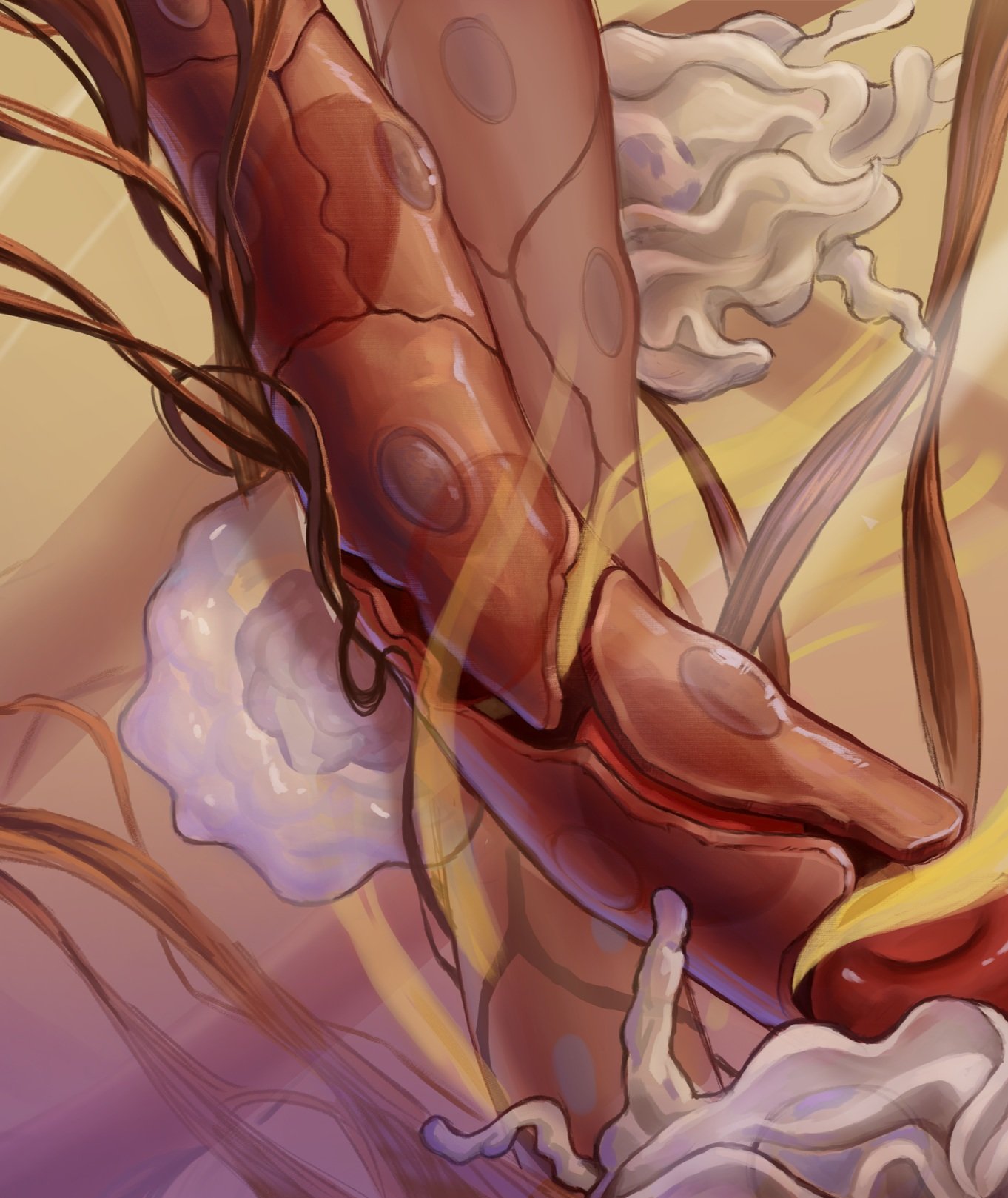
The Process
Targeted Patient-Centered Design
A primary goal for this project was to ensure that this animation met the needs for it’s target audience. To ensure this, a patient advisory council consisting of several patients from lived experience with NAVIGATE was consulted at regular, pre-planed intervals over the course of pre-production and production.
The project began with a semi-structured interview with the patient council, where I worked together with the patient group to form a foundational understanding of what kind of animation they wanted, as well as the things that both excited and deterred them about their healthcare experience.
From this information, an early script and concept art were created. The script went through several revisions until it met both the needs of the patients and camh administration.
Pre-production
The visuals of the animation are drafted in the storyboard. Having to put images on paper forces ideas to become more concrete, and it becomes easier to tell what visuals are best for the project. I like to begin playing with color and composition at this stage. When panels are side by side, I find I start to get an idea of what colors are more prominent as well as the feeling of the pallet and the piece overall.
The animatic prompts creative decisions of timing, motion, and sound. One of the most important roles of both storyboards and animatics is to allow both clients and coworkers to communicate with one another: it’s far easier for others to consider and comment on aspects of the project when they can see something concrete in front of them, like a rough animation or drawing.
The more everyone understands each other, the better a team can evaluate the storytelling and visuals of a project, and the better a client can evaluate whether or not the project is heading in the right direction. It’s ideal if potential problems with the project are found here, before too much is invested in assets or animations that are inaccurate, or can’t be used altogether.
<Animatic sample coming soon!>
Production
Assets were designed in adobe illustrator.
